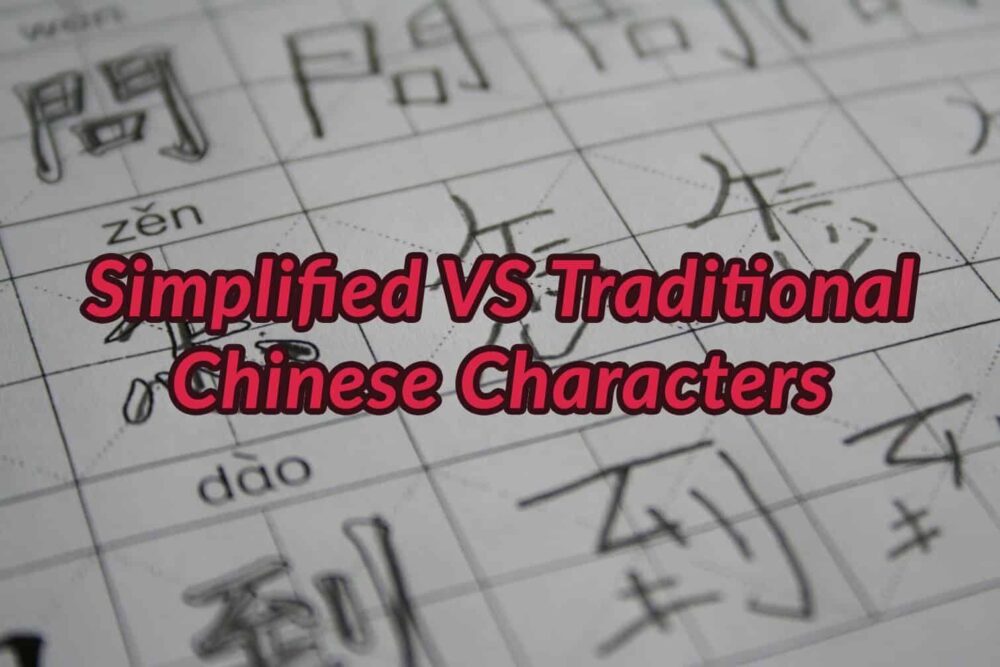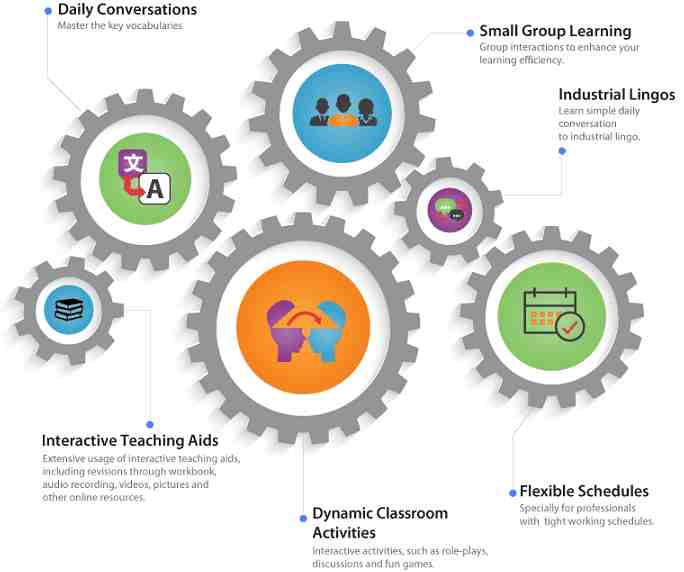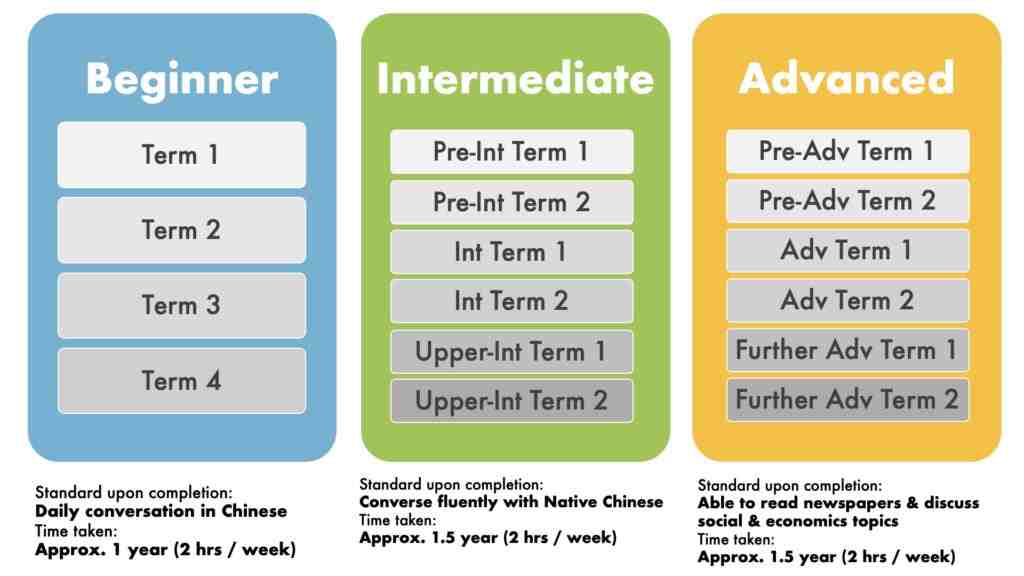Traditional Chinese vs Simplified Chinese
Many foreigners feel very confused with this “Traditional vs Simplified Chinese” thingy. Is this the same concept as British English vs American English? Let’s find out more through this post!
There are two types of written Chinese characters, which are Traditional Chinese and Simplified Chinese. Traditional Chinese is the written form of the Chinese language which is in fact the oldest known continuously used system of writing in the world. Traditional Chinese characters were used for the first time throughout China when Qin Shi Huang (the first emperor of Qin Dynasty) united China in 221 BC. The characters used are in the form of seal characters (篆书, Pinyin: Zhuànshū). It then evolved to official script (隶书 Pinyin: Lìshū) which continued to be used until modern times. The two types of writing system are shown in the following pictures:
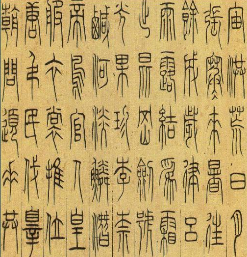
篆书, Pinyin: Zhuànshū
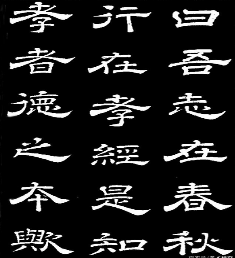
隶书 Pinyin: Lìshū
Ancient Chinese people have been using it since then until the Chinese government released a standardized guideline released in 1956, which later would become Simplified Chinese. This was done to boost literacy in China, because prior to that time, literacy levels were quite low and people used various styles to write Chinese characters so the government felt the need to unify it. Traditional Chinese also spread to other countries through merchants which are known as Kanji in Japan, Hanja in South Korea, and chữ Hán in Vietnam. People who have never learned Chinese before often don’t know the difference between the two. While in fact, there are some major differences between them.
We have gathered these 5 important points to clear your doubt:
1. Geographical usage of Simplified and Traditional Chinese
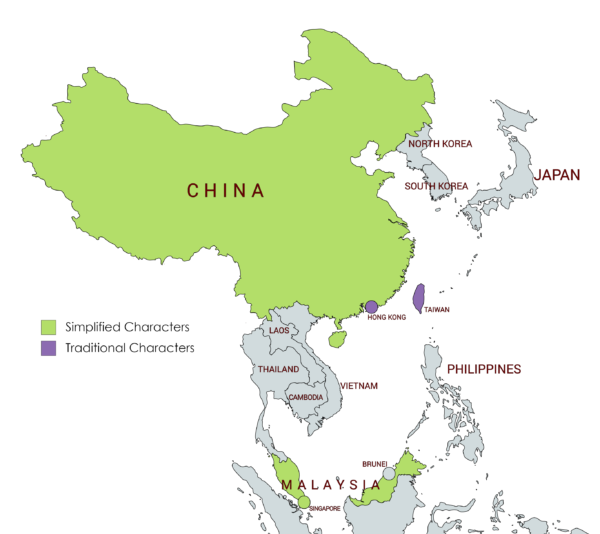
Source: https://gtelocalize.com/simplified-chinese-and-traditional-chinese/
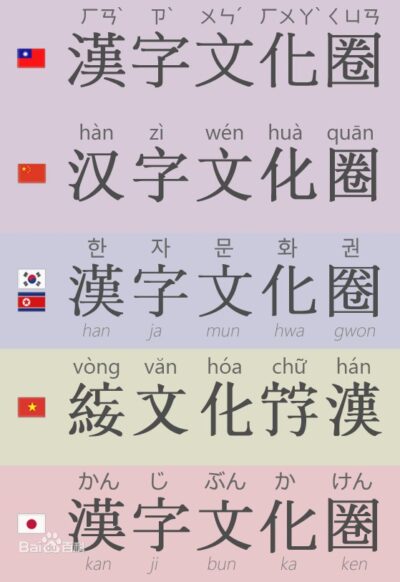
Source: https://qph.cf2.quoracdn.net/main-qimg-5239cabad218fbccbbb3f666c0335331-pjlq
Traditional Chinese is mainly used in Taiwan, Hong Kong, and Macau while Simplified Chinese is mainly used in China, Singapore, and Malaysia. But, it is worth noting that several Malaysian newspapers still use Traditional Chinese. In the case of Japan and South Korea, the Traditional Chinese characters remain a key component of their writing system even though they have other writing systems. Vietnam also used a variation of the Traditional Chinese characters for some time before switching to the romanized alphabet.
2. Structure of the Chinese characters
The purpose of the Chinese characters simplification is to boost literacy in China. So, it is done by reducing the number of strokes needed to write several Chinese characters. This is why Traditional Chinese characters have more strokes than the Simplified Chinese counterparts.
In the following table, you can see some examples of the difference in the structure of the Chinese characters (Traditional Chinese vs Simplified Chinese):
| Traditional Chinese | Simplified Chinese | Pinyin | Meaning |
|---|---|---|---|
| 愛 | 爱 | Ài | Love |
| 國 | 国 | Guó | Country |
| 馬 | 马 | Mǎ | Horse |
| 麵 | 面 | Miàn | Noodles |
| 聽 | 听 | Tīng | Listen |
| 風 | 风 | Fēng | Wind |
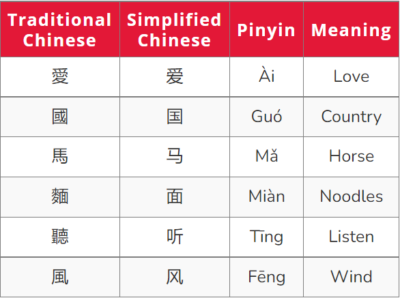
3. The number of characters used
Traditional Chinese characters each represent a unique meaning on its own, so there are no duplicate characters. Simplified Chinese, however, merged several characters based on its pronunciation into just one character, even though each of those characters have a different meaning. For example:
- The Chinese character 后 (Pinyin: Hòu) is present in both Traditional and Simplified Chinese, but in Traditional Chinese 后 only means “empress” while in Simplified Chinese the single character can mean “empress” and “back”. Traditional Chinese has its own character for the term “back” which is 後 (Pinyin: Hòu).
- The Chinese character 发 (Pinyin: Fā) is present in Simplified Chinese and it can mean “become/develop“ or “hair”. Meanwhile, Traditional Chinese has its own unique character for each of the meanings, which is 發 (Pinyin: Fā) for “become/develop” and 髮 (Pinyin: Fà) for “hair”.
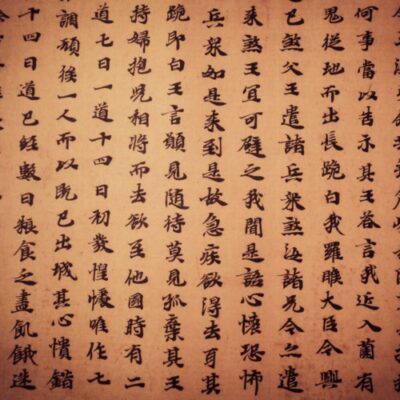
Source: https://www.thoughtco.com/learn-to-read-chinese-characters-2278356
4. Knowledge and philosophy behind the Chinese characters
Traditional and Simplified Chinese each have a strong point. Simplified Chinese has an advantage of being relatively easy to learn as it has fewer strokes and less variation than Traditional Chinese characters. On the other hand, Traditional Chinese characters carry a lot more meaning than Simplified Chinese characters. Did you know that:
- The Traditional character of “wind” 風 (Pinyin: Fēng) actually has a deep philosophy that ancient Chinese people believe “the wind carries a lot of things including insects” which is represented by the component 虫 (Pinyin: Chóng) which means “insect”. The Simplified counterpart 风 does not have this component, so it loses a part of its original meaning.
- The Traditional character of “love” 愛 (Pinyin: Ài) symbolizes that the feeling of love stems from the heart, that is why it has the component 心 (Pinyin: Xīn) which means “heart”. The Simplified counterpart (爱) does not have this component, so it loses an integral part of its original meaning.
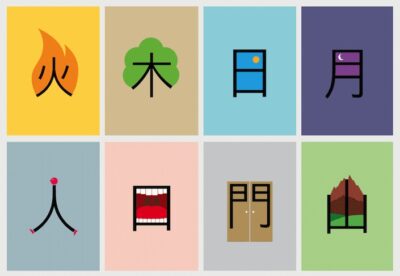
Source: https://studycli.org/chinese-characters/chinese-etymology/
5. Variation in vocabularies throughout different regions
Even though the Chinese characters themselves are different between Traditional and Simplified Chinese, the way that speakers use it are also different according to the regions. For example:
- The word for potato 土豆 (Pinyin: Tǔdòu) is used in China, while Taiwanese people use 馬鈴薯 (Pinyin: Mǎlíngshǔ), and Hong Kong people use 薯仔 (Pinyin: Shǔ zǐ). Meanwhile, Singapore uses 马铃薯 (Pinyin: Mǎlíngshǔ) which is the Simplified characters of the one that Taiwanese people use.
- The word for bicycle 自行车 (Pinyin: Zìxíngchē) is used in China, while Taiwanese people use 脚踏車 (Pinyin: Jiǎotàchē), and Hong Kong people use 單車 (Pinyin: Dānchē). Meanwhile, Singapore uses 脚踏车 (Pinyin: Jiǎotàchē) which is the Simplified characters of the one that Taiwanese people use.
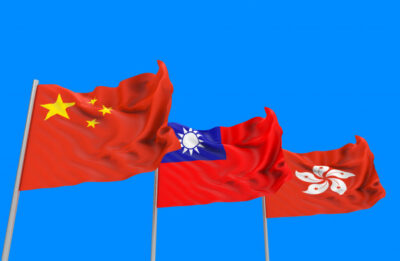
Source: https://commons.wikimedia.org/wiki/
Now that you already know the main differences between Traditional and Simplified Chinese, you can show off to your friends about your knowledge! Other than that, it will be a useful first step towards your Chinese language learning. Are you ready to take the next step of your language learning journey?
Level up your Chinese with Elite Chinese! Elite Chinese teaches using Simplified Chinese characters which is the main standard in China as well as in Singapore. We offer Mandarin classes for adults and for children. Even if you are a complete beginner, Elite Chinese has Chinese for Beginner classes available.
Book lessons now or start with a free trial to expand your linguistic knowledge. Learn Chinese online or on-site based on your preference.


